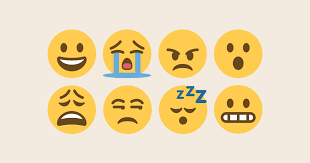Passion, part 2.
I wrote Friday that dispassionate brand planners are the ones apt to find the cookies. This, because they don’t enter into research with preconceived attitudes.
Brand and account planners do, however, need to care about passions – the passions of consumers. Passions are where emotions lie. If great advertising is about making people “feel something then do something” it’s important to know about the target gets emotional. Me, I prefer positive emotions. There’s too much “H” word out there. But finding an emotion and pushing that button is only a start. Understanding how that emotion translates into your product or product category is how you need to finish. Levi’s “Go Forth” idea, created by Wieden+Kennedy, has ballast because Levi’s jeans are durable, Americana, rootsy, and hard-ass (pun). Rivetingly so.
Planner, check your passions at the door and dive into the passions of your custies. It will help you love what you do and be much better at it. Peace!






